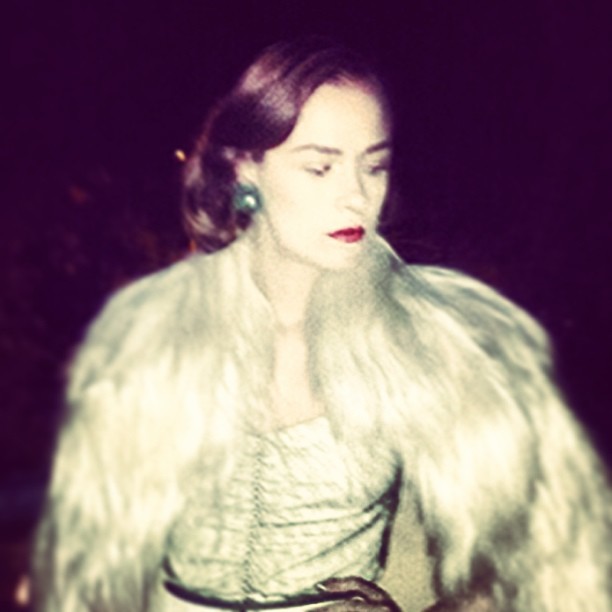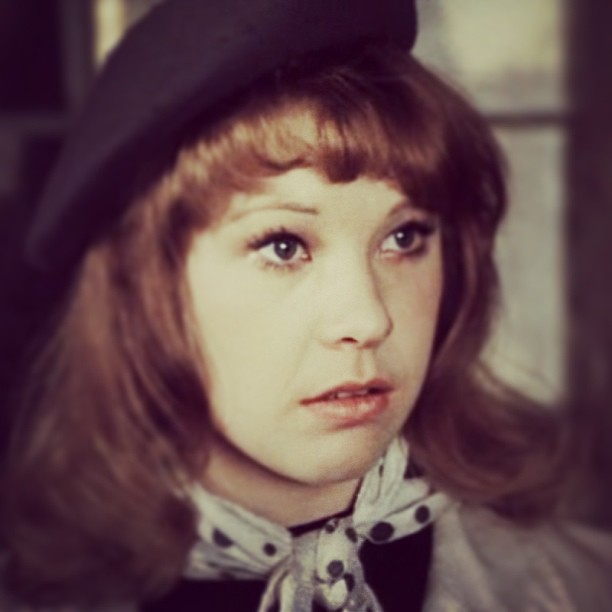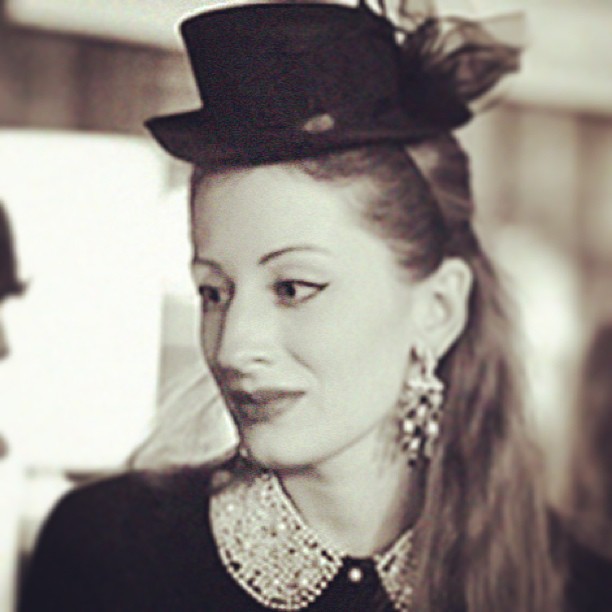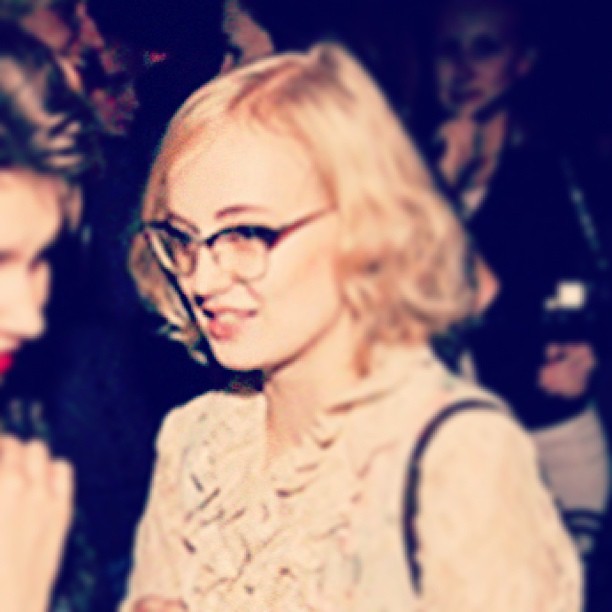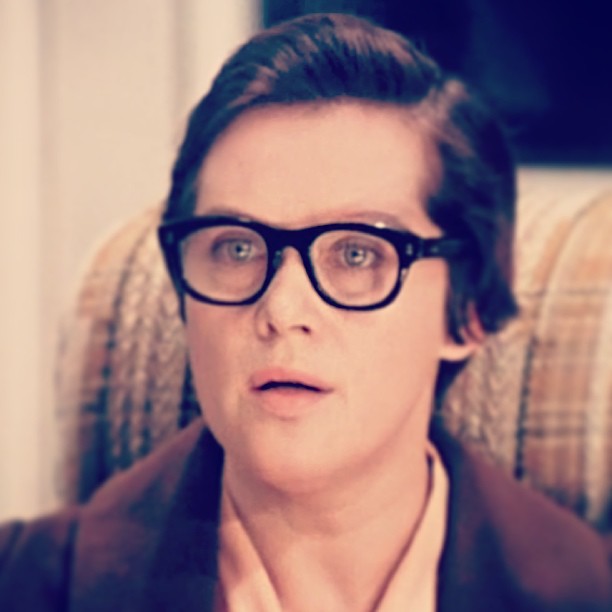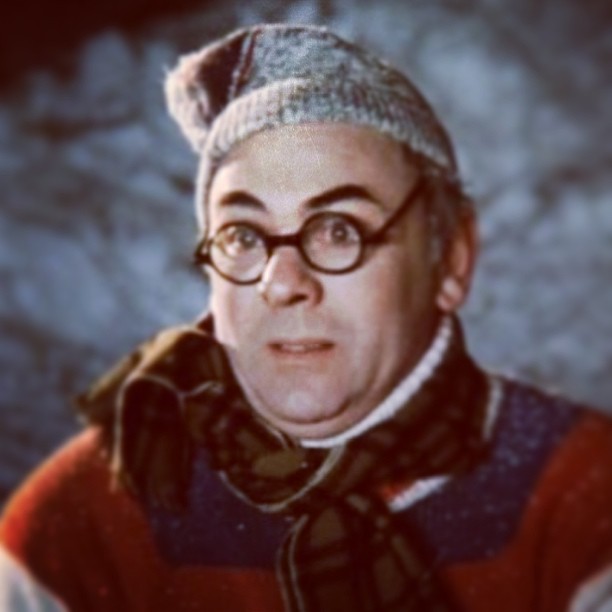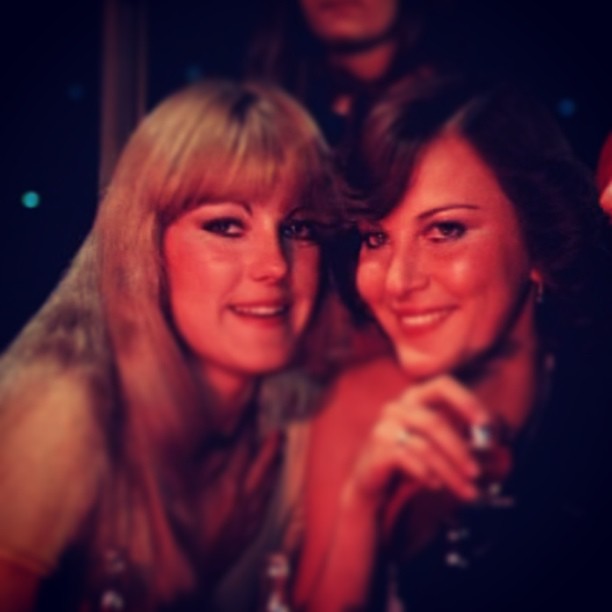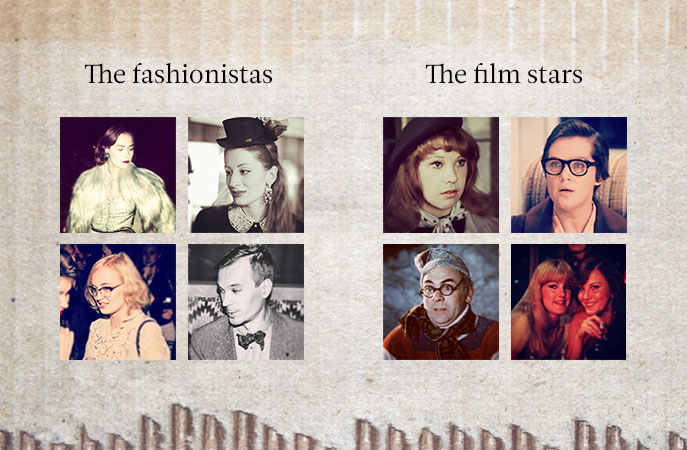Flashback: cult films reinvigorate Russian retro
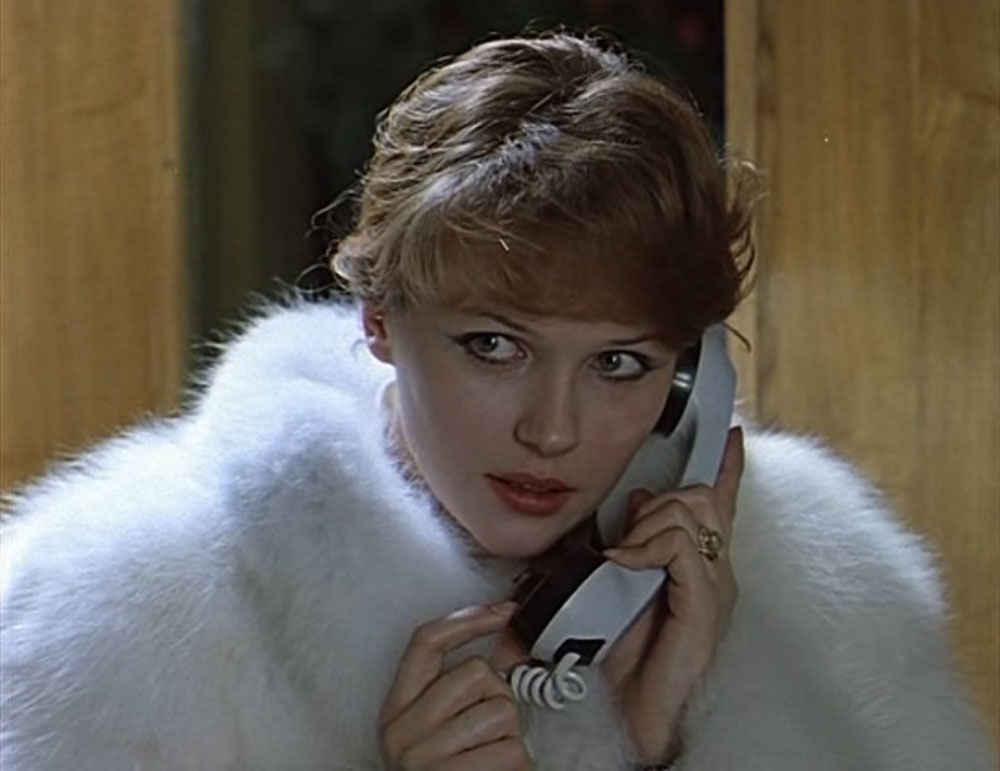
Until recently, vintage fashion in Russia has aped foreign trends. Now, Sasha Raspopina argues, classic Soviet comedies are helping Russians find a retro that's all their own
When I was about six, it was every little girl’s dream to look like Alyona from the 1982 Soviet sci-fi film The Enchanters. She wore a fluffy white fur coat, flowing skirts, high-heeled boots and killer make-up. She sang and she danced and she represented everything cool and grown-up that we kids wanted from life. Oh, and she was a witch too. But the magic didn’t last: before long the Nineties came along, and with them came western fashion — neon, crop-tops, leggings, grunge, baggy jeans, and, above all, lots and lots of brands, displayed as prominently as possible. Our minds were wiped clean of the charm of Soviet film fashion in favour of something fresh and new.
But now, at last, celluloid chic is back, as part of the new passion for vintage.There have always been second-hand clothes shops, of course — the ubiquitous Soviet-era kommisionki — but the quality was poor and the connotations of poverty undesirable for aspiring fashionistas. It was only when mini-breakingyoung Russians came across the thriving thrift stores of the European capitals, and particularly the retro culture of neighbouring Helsinki and Stockholm, that vintage emerged as a fashion force. Now stores like Oldich in Moscow and OFF in St Petersburg mean that Euro-vintage bargains are even closer to home.
The characters in this “improved reality” were much better dressed than actual Soviet citizens, but still relatable — a golden rule for any fashion icon. And what icons they are: there’s loveable rogue Ostap Bender from classic comedy The Twelve Chairs (1971) — the ultimate dandy in his striped jacket and a scarf. Or Nadia from canonical romcom The Irony of Fate (1975) — a minimalist feminist icon in a reserved mustard dress. Or Lyuda, Rita and Sveta from The Pokrovsky Gates (1982), flaunting the finest mid-Fifties fashions — trenchcoats, berets and wide-leg trousers. In fact, a lot of today’s most popular trends have antecedents in the movies: oversized sweaters, ascetic below-the-knee skirts, the strict silhouette of so-called “teacher” dresses, trouser suits, sequined tunics.
But this trend is still in competition with the excess that displaced it first time round, this time as Nineties fashion returns on a wave of international hipster-retro nostalgia. It’s difficult to stomach for those of us who witnessed the first frightening wave of neon, grunge and leather. There’s no cinematic inspiration for these trends, mainly because there weren’t many good movies made at that time — the country was going through too many crises. Instead it’s Tumblr that’s setting the tone.
Which retro will win out remains to be seen. But it could be that the very absence of decent modern mainstream movies in Russia will help maintain nostalgia for the fashions of Soviet cinema. Hollywood movies both old and new can help fill the void, but they can’t replace the sentimental feeling you get when seeing, and recreating, a childhood favourite. Spotting someone on the street dressed in vintage clothes from within our own crooked national cultural space ignites that sense of recognition that the marketing guys have been crazy about for decades — it’s weird and it’s exciting.
So it looks like old Soviet movies are going to keep on inspiring people, prompting us to go digging through piles of old dresses in flea markets, looking for one that seems familiar. These movies provide us with clothes that not only look good, but which can also help calm our historical conscience, making our past seem less depressing and scary. It may not be the best solution historically, but it certainly helps psychologically.
But what sets the new cinema-inspired trend apart is the focus on a specifically Soviet vintage. Previously “Soviet” style had always been the reserve of tourists, and in a terrifying, twisted form: kitschy fur hats, Red Army jackets and knock-off CCCP t-shirts. This new filmic fashion is altogether different — subdued, stylish and authentic. When Russians first started to look for retro clothes these potential inspirations, and, in fact, the enormous Soviet heritage of style, were completely ignored in favour of western trends and subcultures: everything from rockabilly to skinhead, from low-waisted Twenties dresses to Eighties spandex. You can only imagine how much research a teenager had to do to put together an authentic outfit. Yet very few of these trends ever actually existed in Russian or Soviet history, so imported retro ended up looking either excessively formal or ridiculously global. Then again, there’s nothing wrong with Russia borrowing trends and ideas — after all, 70 years of discredited Soviet rule left behind a cultural vacuum — and it’s hard to say why exactly it’s so important to have our “own” national retro. Some say that vintage is vintage, whatever culture it belongs to, and that old clothing doesn’t have any deep meaning unless you really want it to. Maybe it’s all just a childish desire to have everything that people in other countries have?
For me, though, having your own retro is a philosophical necessity on a deep cultural and historical level. Without it you’re ignoring part of your national history. Of course, it’s nowhere near as important as, say, political history, but not having homegrown vintage deprives you of psychologically valuable experiences like rummaging through your grandparents’ closets or studying old family photos for inspiration.
“One of the unspoken rules of any nostalgia is that it mustn’t have anything to do with politics”
There are a lot of explanations for the popularity of retro, but for me it works like this: when you’re a kid you see adults being really cool and you want to be like them. Then when you’re a teenager, you want to prove your independence, so you let all the new trends you’re starting to notice take over. Finally, when you turn into an agonising twentysomething, you feel the need to connect your life to something bigger and it’s then that your own retro, as a representative of a whole cultural heritage, can help .
It might sound cheesy but this scheme could also be projected upon the whole country. It even works chronologically — with the Nineties being the teenage years and Russia nowadays representing the (undoubtedly agonising) twentysomething.
The main reason that Russian retro has been overlooked for so long is that, when it comes to style, the adjective “Soviet” is often used as synonym for “depressing”. The imperial communist past didn’t leave a lot of pleasant souvenirs and one of the unspoken rules of any nostalgia for that time is that it mustn’t have anything to do with politics. So fashion would seem like a safe area. However, since the Soviet Union didn’t really have a fashion industry, we have to look elsewhere for inspiration.
“Soviet cinema was actually a rather charming land of comedies, romance and fantasy”
Old movies, which are almost universally adored, fill the gap. Propaganda films aside, pre-perestroika Soviet cinema was actually a rather charming land of comedies, romance and fantasy, with happy endings aplenty. What’s more, it wasn’t all just mindless fluff: directors like Eldar Ryazanov and Leonid Gaidai produced family-friendly works of lasting quality. Of course, it could be argued that the absence of politics was a political point in itself — these films constructed the make-believe world that the communist government failed to achieve in real life. The invisible presence of ideology could still be felt, even in fairytales and sci-fi, but Russians have mastered the skill of deliberately letting politics go over their heads.

